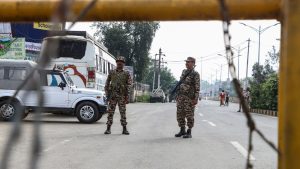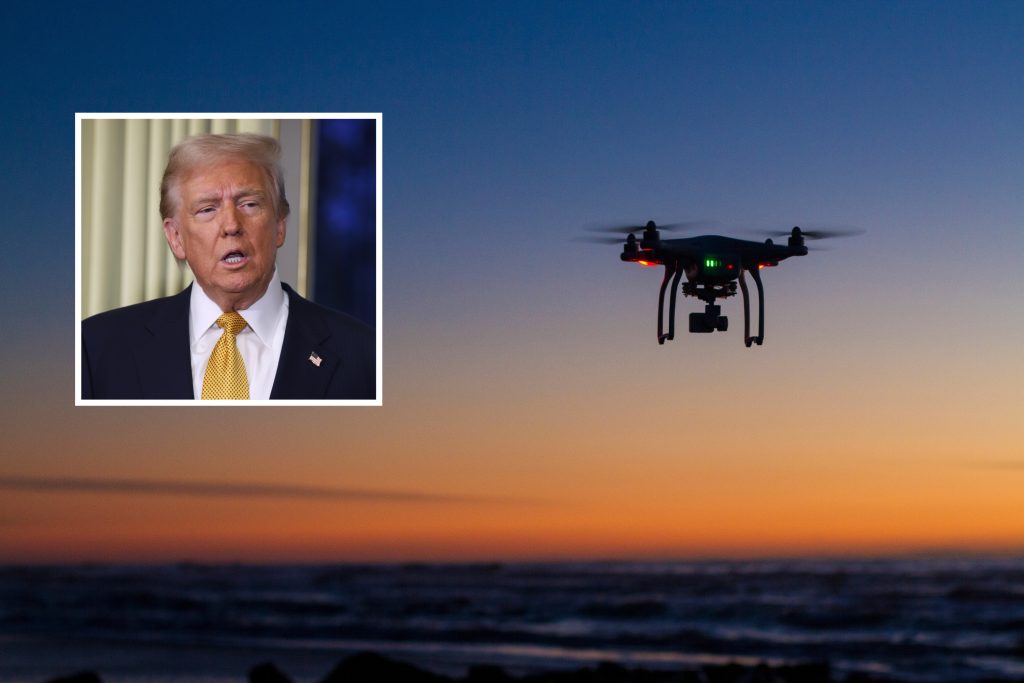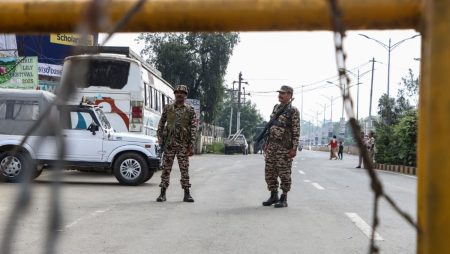The recent surge in unidentified drone sightings across the United States, particularly in New Jersey, has sparked public concern and prompted investigations by federal agencies like the FBI and the Department of Homeland Security. While authorities have yet to establish any concrete link to national security threats or foreign involvement, the persistent nature of these sightings and the lack of clear explanations have fueled speculation and unease. Former President Donald Trump has weighed in on the issue, suggesting that the drones should be shot down and implying that the Biden administration is withholding information from the public. This adds another layer of complexity to an already perplexing situation, raising questions about the appropriate response to these unidentified aerial phenomena.
The drone sightings, often described as occurring in formations and involving multiple aircraft, have been reported by numerous individuals, including law enforcement officers and pilots. The lack of clear identification of the drones, their purpose, and their operators has contributed to the growing anxiety. While some sightings may be attributable to hobbyists or commercial drone operations, the organized nature and frequency of the events, particularly in sensitive areas, have led to concerns about potential surveillance, espionage, or even more malicious intentions. The official stance of the FBI and DHS, while reassuring in its lack of evidence pointing to immediate threats, does little to quell the public’s unease given the ongoing nature of the sightings and the absence of definitive explanations.
The controversy surrounding the drone sightings is further amplified by the political undertones injected by former President Trump. His call to shoot down the drones, coupled with accusations of government secrecy, resonates with a segment of the population distrustful of official narratives and prone to conspiracy theories. This politicization of the issue complicates the efforts of authorities to address the situation rationally and transparently. While demanding answers and transparency from the government is legitimate, advocating for aggressive action without a clear understanding of the threat poses potential risks and further fuels public anxiety.
The potential implications of the drone sightings are wide-ranging and depend heavily on the yet-to-be-determined nature of the phenomenon. If the drones are ultimately found to be engaged in illicit activities, such as surveillance or smuggling, it raises concerns about the vulnerability of US airspace and critical infrastructure. Even if the drones are ultimately benign, the prolonged mystery surrounding their operations underscores the need for stricter regulations and improved monitoring of drone activity to prevent future occurrences of similar uncertainty and alarm. The current situation highlights the challenges posed by rapidly evolving technology and the need for adaptable security measures.
The Biden administration’s response to the drone sightings has been characterized by a cautious approach, emphasizing the ongoing investigations and the lack of evidence of immediate threats. This measured approach, while likely intended to avoid escalating tensions and prevent rash actions, has been criticized by some as insufficiently transparent and proactive. The administration faces the delicate balancing act of reassuring the public while also acknowledging the legitimate concerns surrounding the unexplained drone activity. Striking the right balance between transparency, public safety, and national security remains a critical challenge in addressing this unfolding situation.
The mystery of the unidentified drones serves as a reminder of the evolving nature of security threats and the complexities of responding to them in a rapidly changing technological landscape. The ongoing investigations, public speculation, and political posturing surrounding the sightings underscore the need for a comprehensive and transparent approach to address the issue. This includes thorough investigations to determine the origin and purpose of the drones, enhanced public communication to allay fears and provide accurate information, and the development of robust regulatory frameworks to govern drone operations and prevent future incidents of similar ambiguity. The resolution of this mystery and the implementation of appropriate measures will be crucial for maintaining public trust and ensuring the security of US airspace.










